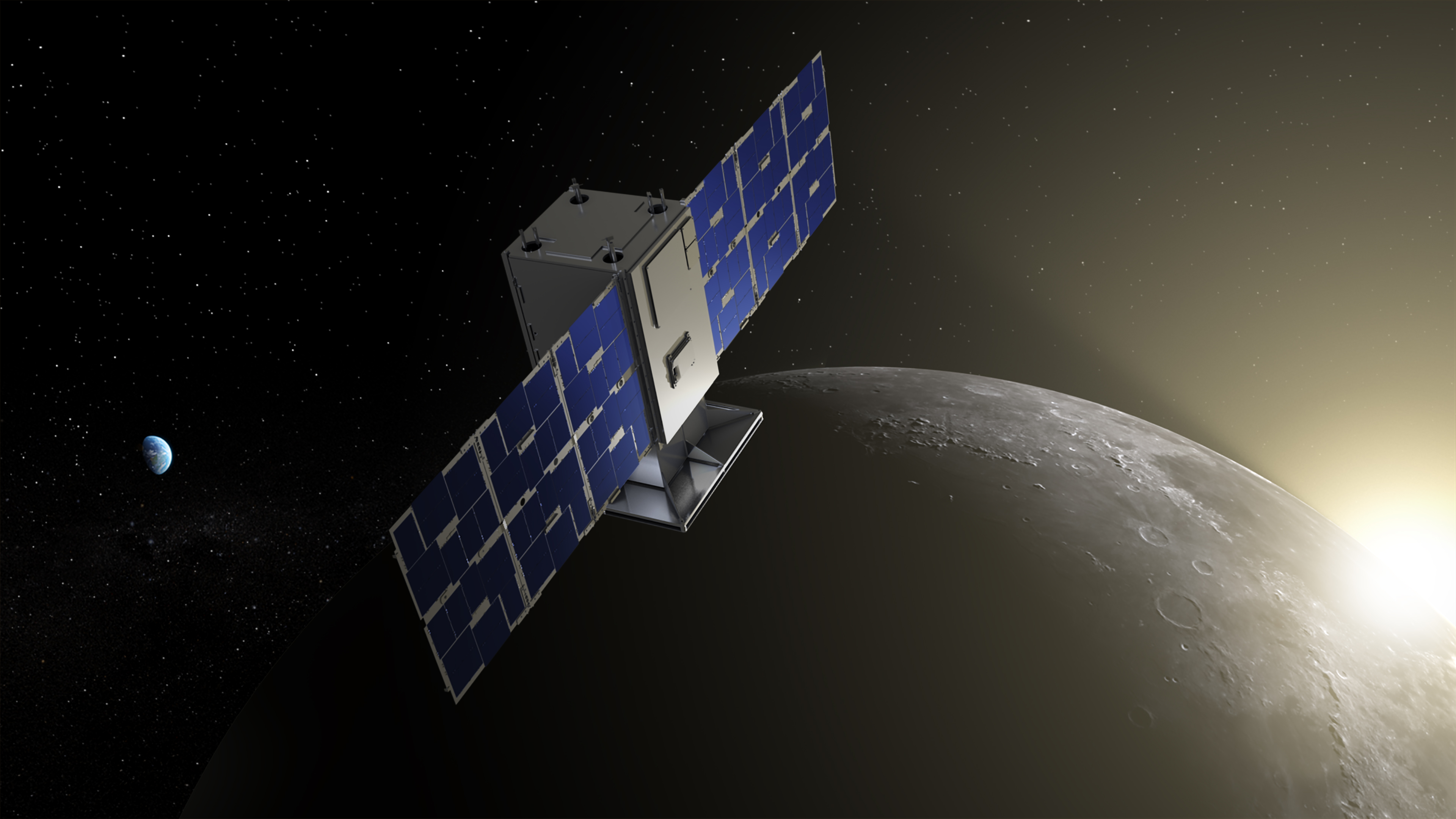NASA's tiny spacecraft tests GPS-like navigation technology at the Moon; captures first images

NASA's CAPSTONE, a microwave oven-sized CubeSat, successfully tested a navigation technology similar to Earth's GPS for the first time in May 2023. This breakthrough could help future space missions more efficiently navigate at the Moon, the agency said on Thursday.
The Cislunar Autonomous Positioning System Technology Operations and Navigation Experiment (CAPSTONE) launched on June 28, 2022, on Rocket Lab's Electron rocket to test an innovative spacecraft-to-spacecraft navigation solution at the Moon from a near rectilinear halo orbit (NRHO) slated for Artemis' Gateway - a Moon-orbiting outpost.
During the recent test of autonomous navigation software called the Cislunar Autonomous Positioning System (CAPS), which involved NASA's Lunar Reconnaissance Orbiter (LRO) and CAPSTONE, the latter sent a signal to LRO to measure the distance and relative velocity between the two spacecraft. LRO then returned the signal to CAPSTONE, where it was converted into a measurement, according to NASA.
The successful CAPS test will allow future spacecraft to determine their location without having to rely exclusively on tracking from Earth.
In addition to testing the navigation technology, CAPSTONE captured its first images of the Moon and also accomplished the key mission goal to fly the near-rectilinear halo orbit for at least six months. The above picture shows the lunar surface near the Moon's North Pole as the spacecraft zoomed by the Moon on May 3.
Are you there, Moon? It’s me, #CAPSTONE Our microwave-oven sized #CubeSat has taken its first images! And tested a new navigation tech with our Lunar Reconnaissance Orbiter. Learn how it lays the groundwork for future peer-to-peer navigation at the Moon: https://t.co/bYGS3Vw0aP pic.twitter.com/MYfzUpPSUz
— NASA Ames (@NASAAmes) May 18, 2023
With this, CASTONE's primary mission has concluded and now the tiny spacecraft will continue to fly in the orbit and test onboard technologies for up to a year during its enhanced mission phase.










